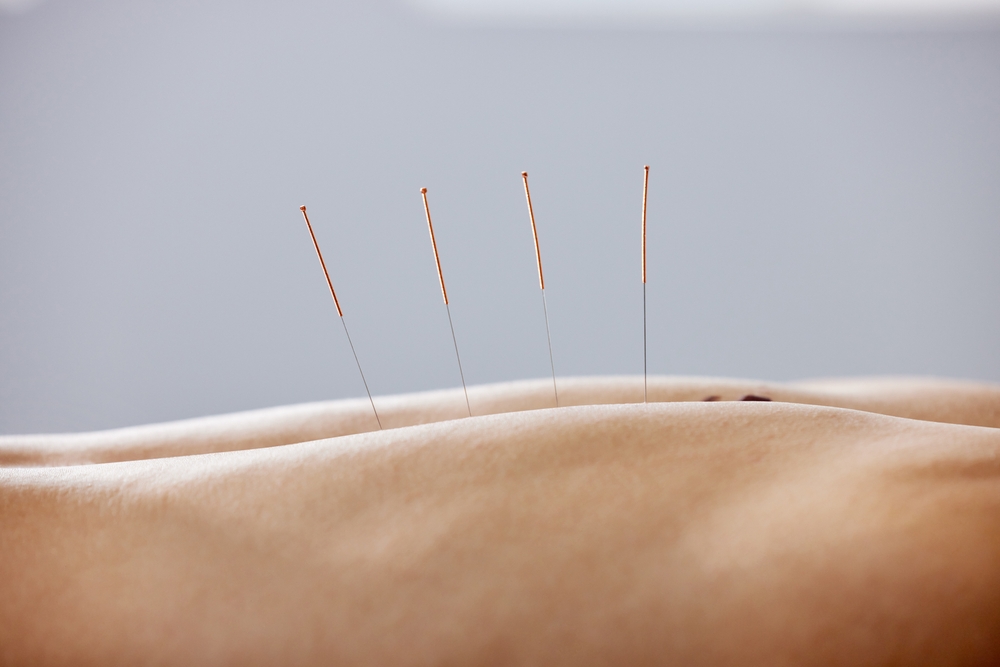
Many people feel that acupuncture is a radical procedure and won't even consider
trying it. However, when patients understand more about what it is and how it works,
myths can be dispelled and patients are able better understand how it might benefit
them. Whether or not you feel that it’s right for you, understanding more about
acupuncture can help to open up your potential treatment options.
What is Acupuncture?
Acupuncture is a medical treatment that is often used for pain relief. The actual
procedure involves inserting very thin needles in different spots in the body, at
various depths. Scientific research suggests that while this does have a
positive effect on treating pain, the specifics of how it works are still unclear.
Some individuals suggest that acupuncture works through balancing vital energies,
while others believe that it triggers a neurological response that helps to
alleviate pain.
Acupuncturists believe that the balancing of your energy can
help relieve pain, boost well-being and even cure some illnesses. Many patients use
acupuncture to treat high blood pressure, headaches, joint pain, and even whooping
cough.
How Does it Work
While science is still unclear on exactly how the process that acupuncture uses
works, traditional Chinese medicine suggests that it balances the life forces or
“Qi." Qi is an energy that is believed to flow through the meridians in the
body. These energy flows can be accessed through 350 different acupuncture points in
the body. When a needle is inserted into these points, it is believed to help
restore the balance of energy.
While science cannot prove this theory, there
is evidence that it does help with certain conditions. The scientific belief is
that the acupuncture points are in areas where muscles, nerves, and connective
tissue are likely to be stimulated. Stimulation of these areas increases blood flow
which may be the reason that acupuncture can help with pain relief.
Treatments
Patients use acupuncture for a variety of reasons and additional research
has found that acupuncture can help with several conditions.
These
conditions are:
-
Tension headaches
-
Migraine headaches
-
Low back pain
-
Neck pain
-
Osteoarthritis
-
Joint pain
-
High and low blood pressures
-
Chemotherapy-induced nausea or vomiting
-
Ulcers
-
Painful menstrual cycles
-
Dysentery
-
Sciatica
-
Dental pain
-
Tennis elbow
-
Sprains
-
Allergic rhinitis
This is only a partial list based on separate scientific findings, but there are many other conditions that may be helped by acupuncture. If you believe that you may be a candidate, you should contact an acupuncturist today to find out.

Benefits
When acupuncture is compared to other treatment methods for similar conditions, it becomes apparent that there are significant advantages.
-
Acupuncture is overwhelmingly safe
-
There are very few side effects
-
It can control some types of pain
-
It is an alternative to some pain medications
-
It can be combined with other treatments, such as chiropractic care
Other Considerations
Acupuncture is becoming more widely accepted as a medical practice and many
chiropractors have started to add this treatment as an option within their offices.
Chiropractors are also aware of how to blend acupuncture with chiropractic care
as part of a holistic treatment plan for their patients.
Due to the success
of acupuncture, several insurance plans are now offering coverage, but be sure to
check with your acupuncturist as well as your insurance provider to see if your
treatment is covered.
While acupuncture is considered a safe procedure, there
are some potential side effects that have been reported. Individuals that have
certain blood clotting diseases or are taking blood thinners should not use
acupuncture. Some bleeding or bruising at the insertion site has been noted and in
rare cases, deep insertions have resulted in a needle breaking and damaging an
internal organ or collapsing a lung. For these reasons, it is important to discuss
your concerns with your acupuncturist.
Overview
Acupuncture can be an effective medical tool to use in your treatment plan. If you are considering acupuncture, please contact a local chiropractic office today to discuss your options.









